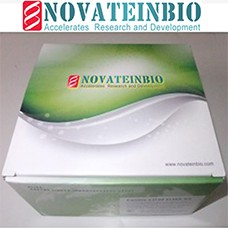×
Login Form
×
rejestracja
informacje o profilach
Daty zarejstrowania
lub Zaloguj się
CD209
and the most popular subtypes like CD209+
| CD209 Gene ID | 30835 |
|---|---|
| CD209 Official Full Name | CD209 molecule |
| CD209 Alias | DC-SIGN |
| CD209 Cellular Expression | Dendritic; Endothelial; Macrophage |
| CD209 Ligand/Receptor/Association | mannose glycoproteins, HHV-8, measles virus, Hepatitis C virus, ICAM-2, ICAM-3, HIV |
| CD209 Function | Mediates antigen endocytosis and degradation binds pathogenic antigens such as HIV1 gp120 |
| CD209 Summary | This gene encodes a transmembrane receptor and is often referred to as DC-SIGN because of its expression on the surface of dendritic cells and macrophages. The encoded protein is involved in the innate immune system and recognizes numerous evolutionarily divergent pathogens ranging from parasites to viruses with a large impact on public health. The protein is organized into three distinct domains: an N-terminal transmembrane domain, a tandem-repeat neck domain and C-type lectin carbohydrate recognition domain. The extracellular region consisting of the C-type lectin and neck domains has a dual function as a pathogen recognition receptor and a cell adhesion receptor by binding carbohydrate ligands on the surface of microbes and endogenous cells. The neck region is important for homo-oligomerization which allows the receptor to bind multivalent ligands with high avidity. Variations in the number of 23 amino acid repeats in the neck domain of this protein are rare but have a significant impact on ligand binding ability. This gene is closely related in terms of both sequence and function to a neighboring gene (GeneID 10332; often referred to as L-SIGN). DC-SIGN and L-SIGN differ in their ligand-binding properties and distribution. Alternative splicing results in multiple variants.[provided by RefSeq, Feb 2009] |



